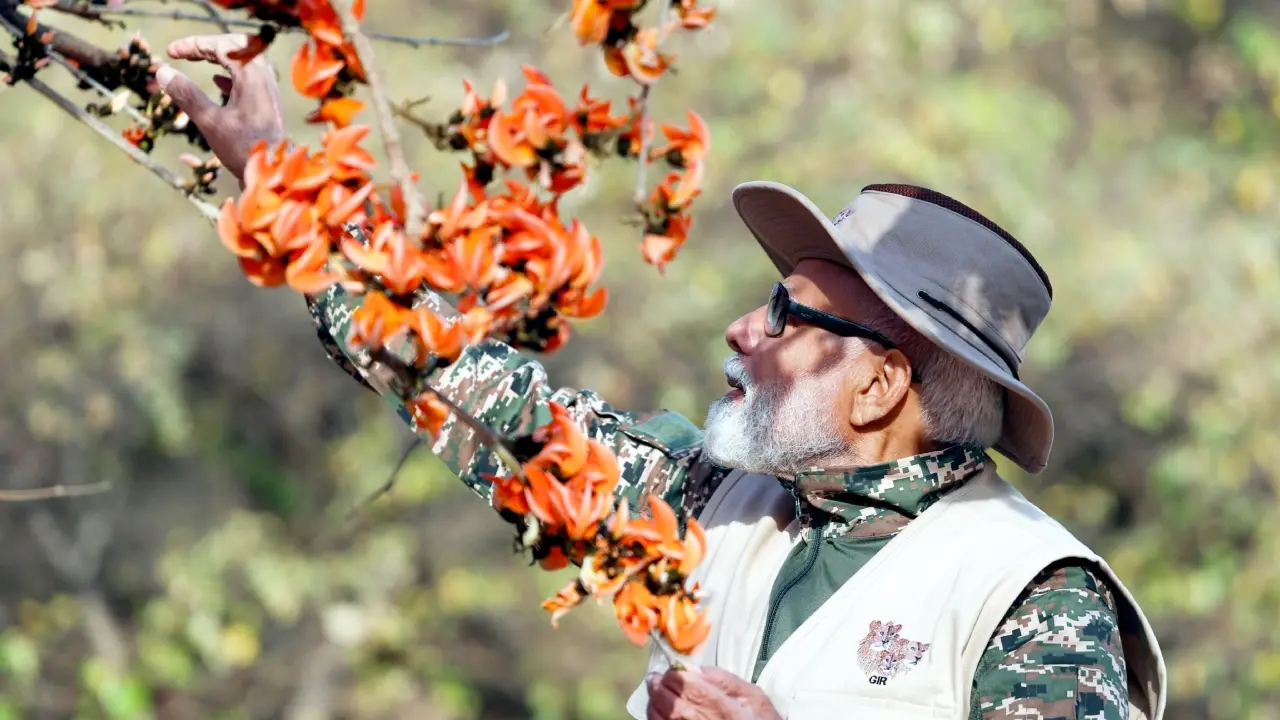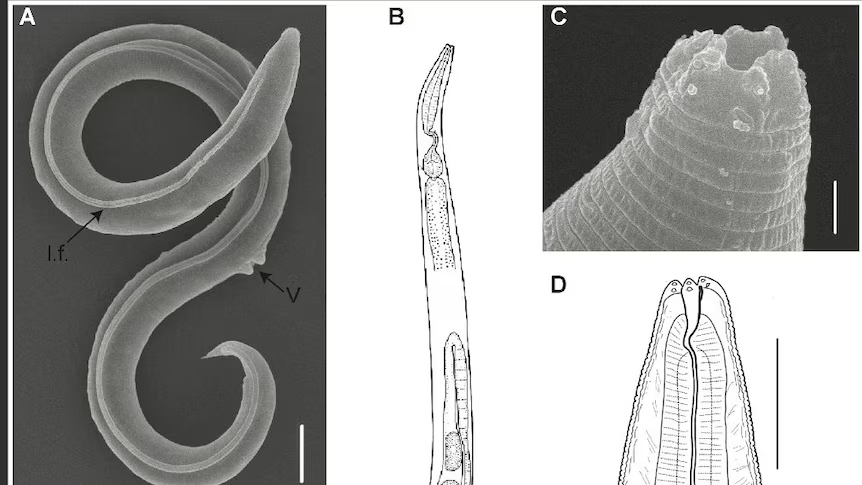Home / pet-and-animal / Bearded Dragons, Parrots, and Hamsters: Essential Care Tips for Keeping Your Exotic Pets Healthy and Happy
Bearded Dragons, Parrots, and Hamsters: Essential Care Tips for Keeping Your Exotic Pets Healthy and Happy
By: My India Times
18 minutes read 26Updated At: 2025-01-31

Exotic pets like bearded dragons, parrots, and hamsters bring joy and companionship into our lives, but their unique needs demand specialized care. Unlike cats or dogs, these animals thrive only when their habitat, diet, and social requirements are meticulously met. Whether you’re a first-time owner or a seasoned enthusiast, this guide unpacks expert-backed strategies to ensure your scaly, feathered, or furry friend lives its best life.
1. Bearded Dragons: The Desert Darlings
Habitat Setup
Enclosure: A 40–75-gallon tank for adults, with a basking area (95–110°F) and a cooler zone (75–85°F). Use reptile carpet or tile for substrate—avoid sand (impaction risk).
Lighting: UVB lighting is non-negotiable for calcium absorption. Replace bulbs every 6 months.
Humidity: Maintain 30–40% humidity with a shallow water dish and occasional misting.
Diet & Nutrition
Juveniles: 80% insects (crickets, dubia roaches) dusted with calcium powder; 20% leafy greens.
Adults: 80% veggies (collard greens, squash, bell peppers); 20% insects.
Hydration: Offer water via misted greens or a dropper—they rarely drink from bowls.
Health & Handling
Common Issues: Metabolic bone disease (from poor UVB), parasites, and stress-induced lethargy.
Handling: Support their entire body, and limit handling to 10–15 minutes daily to avoid stress.
Pro Tip: Soak your dragon in lukewarm water weekly to aid shedding and hydration.
2. Parrots: The Feathered Socialites
Habitat Essentials
Cage Size: Minimum twice the wingspan width. For a cockatiel, 24”x24”x30”; for larger birds (macaws), think bigger.
Enrichment: Rotate toys (foraging puzzles, ropes) to prevent boredom. Avoid mirrors—they can cause hormonal stress.
Perches: Offer natural wood branches of varying thickness to promote foot health.
Diet & Nutrition
Staple Diet: High-quality pellets (70%), supplemented with fresh fruits (berries, apples) and veggies (kale, carrots).
Avoid: Avocado, chocolate, caffeine, and salty snacks—toxic to birds.
Treats: Occasional nuts or seeds (high in fat) as rewards.
Social Needs & Health
Mental Stimulation: Parrots need 3–4 hours of out-of-cage time daily for flight and interaction.
Health Red Flags: Fluffed feathers, labored breathing, or changes in droppings signal illness.
Pro Tip: Use stainless steel bowls—plastic harbors bacteria, and non-stick cookware fumes can be deadly.
3. Hamsters: The Nocturnal Pocket Pets
Habitat Setup
Cage Size: Minimum 450 sq. inches of floor space (Syrian hamsters need 800+). Avoid wire floors—opt for glass tanks or bin cages.
Bedding: Use unscented paper or aspen shavings (6+ inches deep) for burrowing.
Exercise: A solid-surface wheel (8–12” diameter) and tunnels for exploration.
Diet & Nutrition
Staple Diet: Commercial hamster mix with seeds, grains, and pellets.
Fresh Foods: Tiny portions of veggies (carrots, broccoli) or fruits (apples, bananas) 2–3x weekly.
Avoid: Citrus, onions, and sugary treats (diabetes risk).
Health & Handling
Common Issues: Wet tail (stress-induced diarrhea), overgrown teeth, and obesity.
Handling: Tame slowly using treats. Scoop gently—never grab from above (predator reflex).
Pro Tip: Clean the cage weekly, but leave a small amount of old bedding to reduce stress.
Cross-Species Care Essentials
Veterinary Care: Annual check-ups with an exotic pet vet are critical. Many illnesses are subtle but deadly.
Stress Reduction: Minimize loud noises, sudden movements, and temperature fluctuations.
Safe Spaces: Provide hiding spots (caves for dragons, huts for hamsters) to mimic natural behaviors.
....Exotic pets like bearded dragons, parrots, and hamsters bring joy and companionship into our lives, but their unique needs demand specialized care. Unlike cats or dogs, these animals thrive only when their habitat, diet, and social requirements are meticulously met. Whether you’re a first-time owner or a seasoned enthusiast, this guide unpacks expert-backed strategies to ensure your scaly, feathered, or furry friend lives its best life.
1. Bearded Dragons: The Desert Darlings
Habitat Setup
Enclosure: A 40–75-gallon tank for adults, with a basking area (95–110°F) and a cooler zone (75–85°F). Use reptile carpet or tile for substrate—avoid sand (impaction risk).
Lighting: UVB lighting is non-negotiable for calcium absorption. Replace bulbs every 6 months.
Humidity: Maintain 30–40% humidity with a shallow water dish and occasional misting.
Diet & Nutrition
Juveniles: 80% insects (crickets, dubia roaches) dusted with calcium powder; 20% leafy greens.
Adults: 80% veggies (collard greens, squash, bell peppers); 20% insects.
Hydration: Offer water via misted greens or a dropper—they rarely drink from bowls.
Health & Handling
Common Issues: Metabolic bone disease (from poor UVB), parasites, and stress-induced lethargy.
Handling: Support their entire body, and limit handling to 10–15 minutes daily to avoid stress.
Pro Tip: Soak your dragon in lukewarm water weekly to aid shedding and hydration.
2. Parrots: The Feathered Socialites
Habitat Essentials
Cage Size: Minimum twice the wingspan width. For a cockatiel, 24”x24”x30”; for larger birds (macaws), think bigger.
Enrichment: Rotate toys (foraging puzzles, ropes) to prevent boredom. Avoid mirrors—they can cause hormonal stress.
Perches: Offer natural wood branches of varying thickness to promote foot health.
Diet & Nutrition
Staple Diet: High-quality pellets (70%), supplemented with fresh fruits (berries, apples) and veggies (kale, carrots).
Avoid: Avocado, chocolate, caffeine, and salty snacks—toxic to birds.
Treats: Occasional nuts or seeds (high in fat) as rewards.
Social Needs & Health
Mental Stimulation: Parrots need 3–4 hours of out-of-cage time daily for flight and interaction.
Health Red Flags: Fluffed feathers, labored breathing, or changes in droppings signal illness.
Pro Tip: Use stainless steel bowls—plastic harbors bacteria, and non-stick cookware fumes can be deadly.
3. Hamsters: The Nocturnal Pocket Pets
Habitat Setup
Cage Size: Minimum 450 sq. inches of floor space (Syrian hamsters need 800+). Avoid wire floors—opt for glass tanks or bin cages.
Bedding: Use unscented paper or aspen shavings (6+ inches deep) for burrowing.
Exercise: A solid-surface wheel (8–12” diameter) and tunnels for exploration.
Diet & Nutrition
Staple Diet: Commercial hamster mix with seeds, grains, and pellets.
Fresh Foods: Tiny portions of veggies (carrots, broccoli) or fruits (apples, bananas) 2–3x weekly.
Avoid: Citrus, onions, and sugary treats (diabetes risk).
Health & Handling
Common Issues: Wet tail (stress-induced diarrhea), overgrown teeth, and obesity.
Handling: Tame slowly using treats. Scoop gently—never grab from above (predator reflex).
Pro Tip: Clean the cage weekly, but leave a small amount of old bedding to reduce stress.
Cross-Species Care Essentials
Veterinary Care: Annual check-ups with an exotic pet vet are critical. Many illnesses are subtle but deadly.
Stress Reduction: Minimize loud noises, sudden movements, and temperature fluctuations.
Safe Spaces: Provide hiding spots (caves for dragons, huts for hamsters) to mimic natural behaviors.
By: My India Times
Updated At: 2025-01-31
Tags: pet-and-animal News | My India Times News | Trending News | Travel News
Join our WhatsApp Channel

Similiar News

US Supreme Court Rejects 26/11 Accused Tahawwur Rana’s Plea to Block Extradition to India
2025-03-08

































































.jfif)









.jpg)































































































.png)
 (1).png)























